With winter approaching, it’s important to make sure your home heating system is ready. One essential maintenance task that is often overlooked is changing the furnace filter. While it may seem insignificant, having a clean filter is critical for keeping your furnace running properly and providing healthy indoor air.
In this article, we’ll look at how often you should be replacing your furnace filter, what to look for when checking it, the different types of filters available, and step-by-step instructions for changing it. Proper filter maintenance is easy and inexpensive, so there’s no reason to let a dirty filter put a strain on your furnace or compromise your indoor air quality.
Read on to learn how to keep your filter fresh and ensure your furnace operates safely and efficiently throughout the heating season.
How Often Should You Change Furnace Filter?
The recommended frequency for changing your furnace filter is every 1-3 months. However, there are several factors that can affect how often you need to replace your filter:
Home size – Larger homes require more air circulation and filtration, so the filter may get dirty faster. In big houses, changing the filter every 1-2 months is best.
Number of occupants – More people in the home means more dust, dander, and particles getting pulled into the filter. Homes with many occupants may need to change the filter monthly.
Pets – Furry friends can increase the amount of hair and dander that ends up in the furnace filter. Homes with indoor pets often need new filters every 1-2 months.
Smokers – Smoke residue will quickly clog up a furnace filter. Homes with smokers should aim to change the filter every 1-2 months.
Air quality – Homes in areas with higher outdoor pollution or seasonal allergies may need to replace filters more frequently. Changing every 1-2 months can help during peak allergy season.
Filter type – Thicker, pleated filters trap more particles than thin, flat filters. While they provide better air filtration, high-MERV pleated filters require changing every 1-2 months.
Consider your home’s size, occupancy, pets, air quality, and filter type to determine the ideal furnace filter replacement schedule. Aim for every 1-3 months for average households, adjusting as needed based on your specific conditions. Properly maintaining the furnace filter will keep your HVAC system running cleanly and efficiently.
Locating Your Furnace Filter
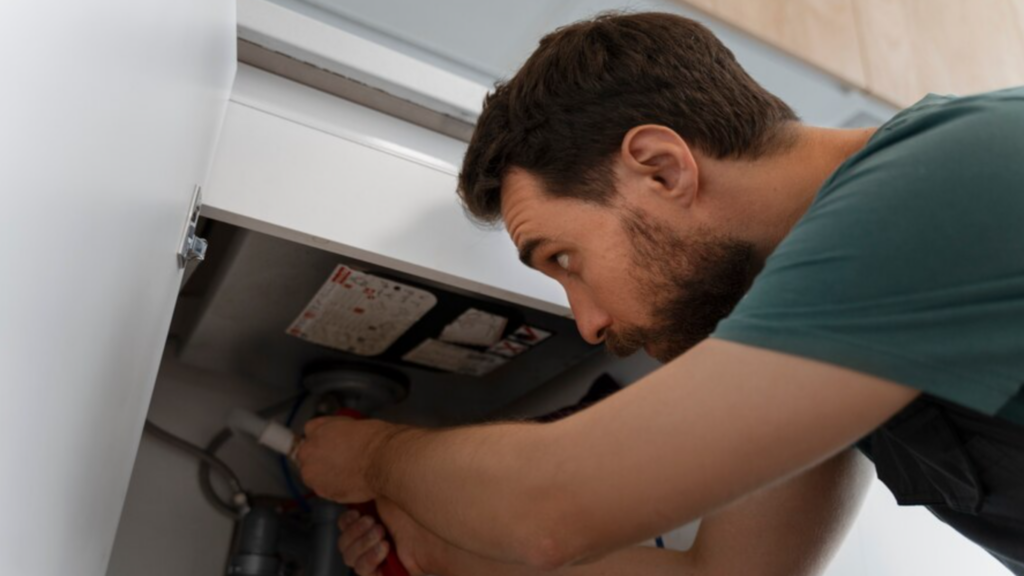
Most modern furnaces have the air filter located in one of two places. The most common location is just inside the return air duct, right before the air enters the blower compartment. Simply remove the grille covering the return air vent and you’ll find the filter behind it.
The other common furnace filter location is built right into the blower compartment itself. To access it, you’ll need to remove the front cover panel on the furnace. There will be clips or screws holding it in place. With the panel off, you’ll see the large blower fan inside. The filter will slide into a slot along one of the interior walls.
When changing the furnace filter, take note of which direction the air flows through it. Arrows printed on the side show proper orientation. Inserting the filter backwards will block airflow. Once the new filter is installed correctly, close the furnace panels so the system can function properly.
Checking Your Furnace Filter
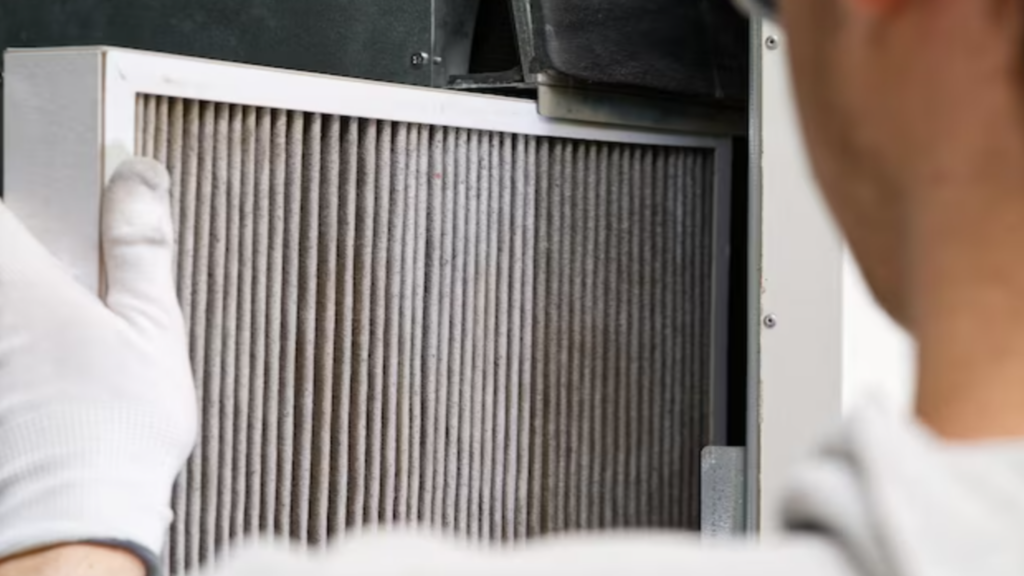
To determine if your furnace filter needs changing, you’ll need to physically inspect it. Here are some tips on checking your filter:
- Look at the filter to see if it appears clogged with dust and debris. If the filter looks dirty, it must be replaced.
- Hold the filter up to the light. If you can’t see much light passing through it, that indicates it’s heavily clogged and reducing airflow.
- Feel along the filter for clumps of dust and dirt. If you feel lots of debris built up, a new filter is needed.
- Listen to your furnace when it runs. If you hear abnormal humming or whistling noises, poor airflow from a dirty filter could be the culprit.
- Check your vents to see if air output seems lower than normal. Diminished airflow is a clue your filter needs changing.
- Monitor your energy bills. If they start creeping up it could mean your existing filter is making your system work harder due to restricted airflow.
Regularly checking your furnace filter by looking for reduced airflow and excessive dirt buildup can help you determine when it’s time to swap in a fresh one. Don’t wait until your filter is completely clogged, as that strains your HVAC system.
Filter Types
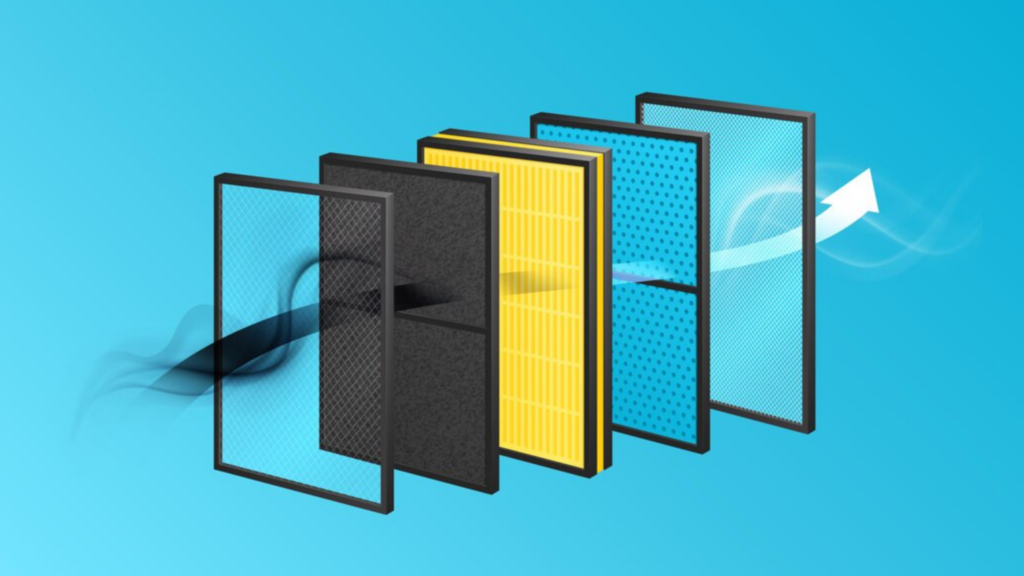
There are three main types of furnace filters:
Disposable Filters
Disposable filters are the most basic and inexpensive option. They are made of fiberglass, foam, or mesh materials.
Pros:
- Very affordable, usually $1-5
- Readily available at home improvement and hardware stores
Cons:
- Traps only larger particles, lets smaller allergens through
- Needs frequent replacement, often monthly
- Not very effective at improving indoor air quality
Pleated Filters
Pleated filters have pleats or folds that increase the surface area. The pleated design traps more particles compared to disposable filters.
Pros:
- Better filtration of small particles and allergens
- Typically lasts 2-3 months between changes
- Still relatively inexpensive, around $10-20
Cons:
- More expensive than disposable filters
- Increased airflow resistance requiring higher fan speeds
Electrostatic Filters
Electrostatic filters attract and capture particles using a static electric charge. Some have a fiber coating that enhances filtration.
Pros:
- Superior ability to remove small particles, dust, pollen
- Can last 3-6 months between replacements
- Improves air quality and cleanliness
Cons:
- Most expensive option, $20-50
- High airflow resistance requires higher fan speeds
- Fibers may breakdown over time becoming less effective
Buying New Furnace Filters
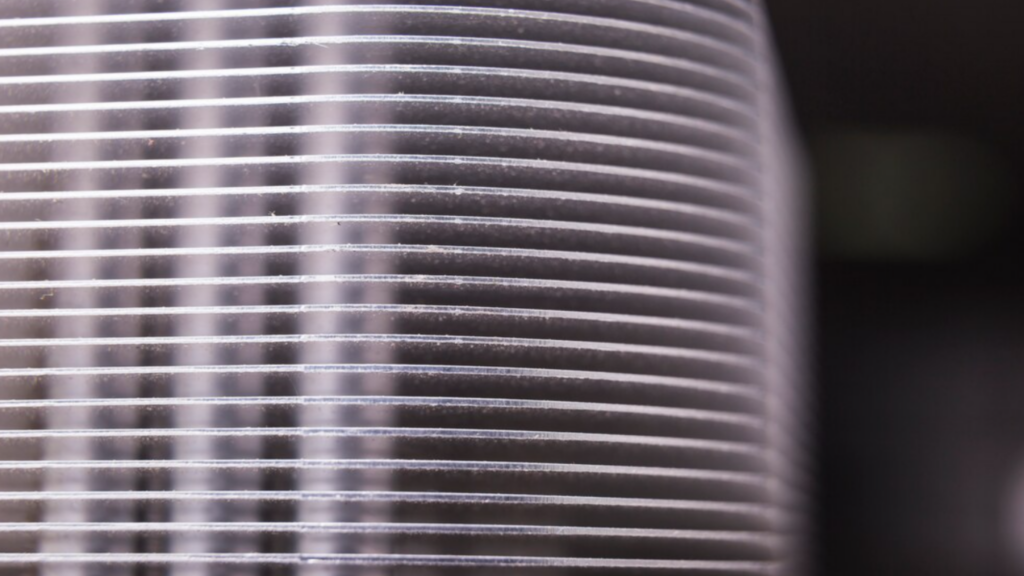
Furnace filters come in standard sizes, usually ranging from 16×25 inches up to 20×30 inches. You’ll want to check your furnace manual or measure the existing filter to find the right dimensions. Pleated or electrostatic filters also come in various materials, MERV ratings, and thicknesses. Hardware stores like Home Depot and Lowe’s have a decent selection of common furnace filter sizes and types. The prices are reasonable as well, often between $10-20 for a basic disposable filter. Specialty upgraded filters may cost more.
Purchasing through an HVAC company ensures you get the right size and usually a higher quality filter. However, the prices are higher, often $20-40 per filter. The benefit is that they will deliver and install it for you. Online retailers like Amazon have a massive selection of furnace filters in all sizes and types. Ordering online gives you more options and competitive pricing, usually $15-30 per filter.
Changing the Furnace Filter
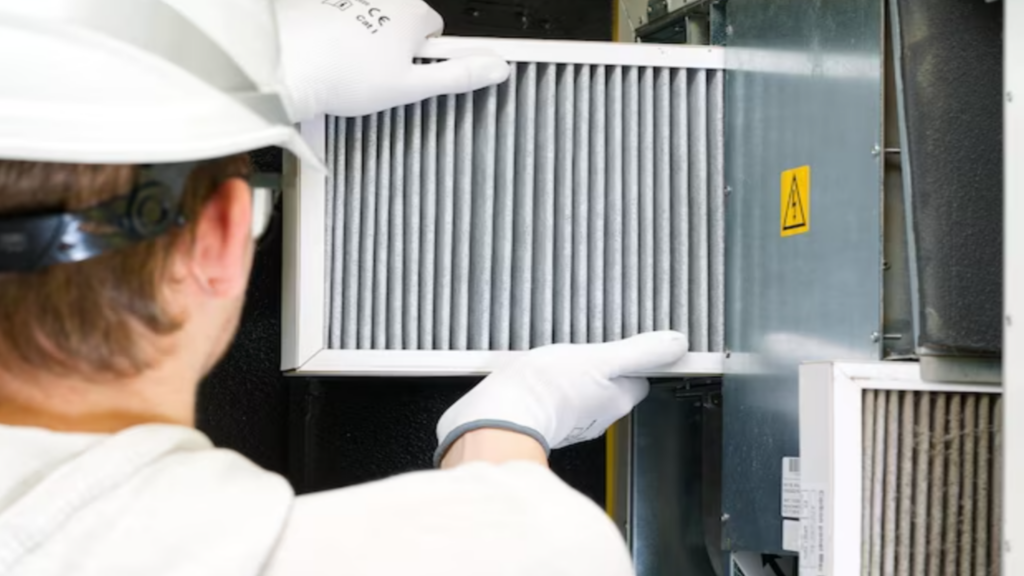
Changing your furnace filter is a quick and easy process. Here are the steps:
1. Shut off your furnace at the switch or breaker panel. This ensures the blower fan doesn’t turn on while you have the filter housing open.
2. Locate and open your filter access door on the furnace. It’s typically near the blower compartment.
3. Slide out the old filter and dispose of it properly. Don’t try to reuse dirty filters.
4. Check the airflow direction arrows printed on your new filter. They indicate which direction it should be inserted.
5. Carefully slide the new filter into the tracks in the filter housing. Make sure it is seated firmly in place.
6. Close the filter access door securely.
7. Turn the furnace power back on at the switch or breaker panel. Once the furnace is running again, ensure the filter door does not come loose. A loose door can lead to unfiltered air entering the furnace and dirtying the components.
Changing the filter regularly is one of the simplest furnace maintenance tasks. But it’s critical for indoor air quality and system performance. So be sure to mark your calendar for the next filter change.
Maintenance Tips
Here are some maintenance tips to keep your furnace running efficiently:
Change your furnace filter seasonally- Replacing the filter 3-4 times per year helps keep air flowing and prevents dust buildup. Change the filter in spring, summer, fall, and winter. Mark your calendar with reminder dates.
Upgrade to a better filter type- Upgrade to a pleated or HEPA filter for cleaner indoor air quality. Higher MERV ratings trap more dust, pollen, and other particles. Just be sure your HVAC system can handle the extra resistance from thicker filters.
Have an HVAC professional inspect your furnace yearly- A tune-up and cleaning will maximize efficiency and lifespan. The technician can check components like the blower motor, heat exchanger, and burner. This preventative maintenance helps avoid problems.
Clean around the furnace unit- Use a small vacuum crevice tool to reach tight spaces. This helps improve airflow.
Listen for odd noises, smells, or other signs of issues- Problems are easier to diagnose when caught early. Strange sounds, a burning smell, or spikes in your energy bills could indicate a problem.
Regular furnace maintenance goes a long way towards providing efficient heating and healthy indoor air. Follow these handy tips to keep your system running smoothly.
Signs of Furnace Issues
If changing your furnace filter doesn’t help increase airflow, it could be a sign of a bigger issue with your HVAC system. Here are some signs that your furnace may need professional servicing:
- Decreased airflow from vents, even after changing filter
- Unusual noises when furnace turns on
- Burning smells or soot around vents
- Failure to heat home to desired temperature
- Short bouts of cold air when furnace first turns on
- Frequent cycling on and off
- Many of these issues point to a problem with your blower motor, heat exchanger, gas valve or other internal components.
While filters help keep these components clean, they can still malfunction over time. If your furnace is over 10 years old and experiencing any of the above symptoms, it’s a good idea to have a technician inspect it before winter. Trying to limp an aging furnace through another heating season could lead to complete failure at the worst possible time.
Scheduling annual furnace maintenance, even for newer systems, can catch small problems before they become big ones. HVAC professionals have the tools and expertise to accurately diagnose issues and recommend repairs.
Make Sure Your Furnace is Working Properly

Changing your furnace filter regularly is one of the most important maintenance tasks that homeowners overlook. Replacing the filter prevents dust, dirt, pollen, and other particles from circulating through your HVAC system and home.
A dirty filter makes your system work harder, wasting energy and money. Changing the filter every 1-3 months, depending on use, can lower your energy bills and extend the life of your HVAC system. High quality filters that trap more particles may need replacing more often. Checking the filter monthly helps determine if it needs to be switched out sooner.
If you notice any furnace problems like reduced air flow, strange smells or noises, higher energy bills, or error codes, contact a professional HVAC technician right away. Routine maintenance helps avoid more costly repairs down the road. Properly maintaining your furnace filter improves indoor air quality and keeps your system running efficiently for years to come. To get more information on furnace filters, contact one of our expert energy advisors and they will answer any questions you might have.
Related Posts
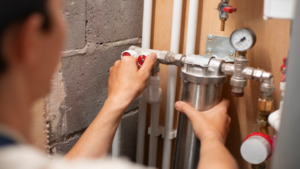
Emergency Furnace Repair: What to Do When Your Heat Goes Out
Emergency Furnace repair required? Find 24/7 repair services, stay warm, and ensure safety until help fixes it quickly.
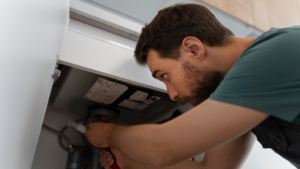
Do You Need a Furnace Tune Up?
Is it time for a furnace tune up? Recognize the signs and boost efficiency with annual maintenance for reliable performance.
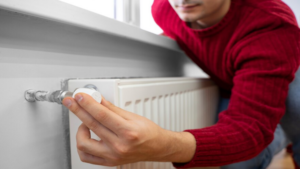
Why You Should Buy Instead of Renting a Furnace
Buying or renting a furnace? Compare costs, maintenance, and convenience to decide. Expert HVAC advice included.

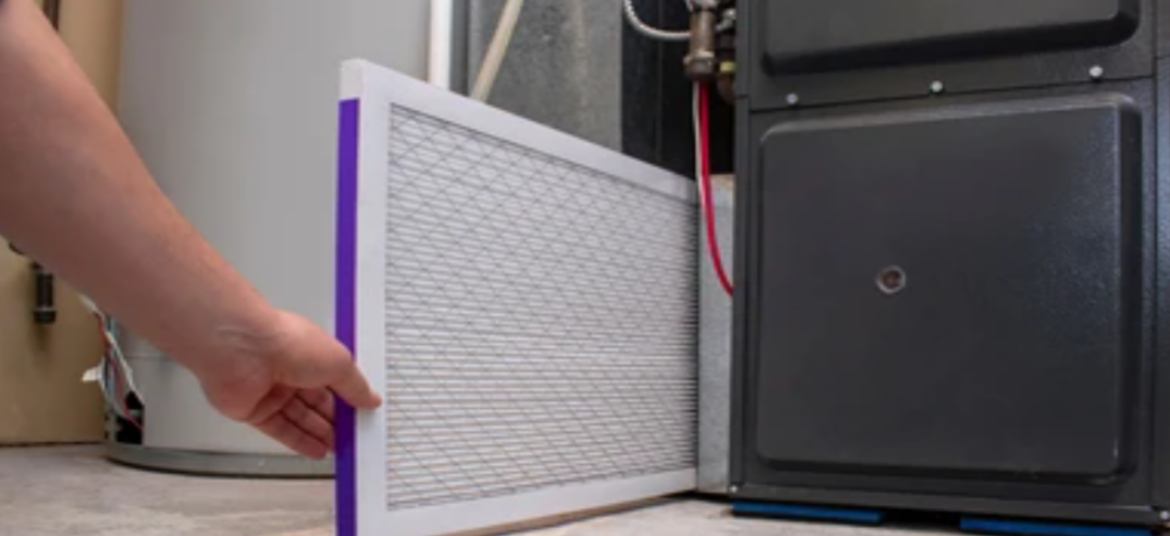
No Comments